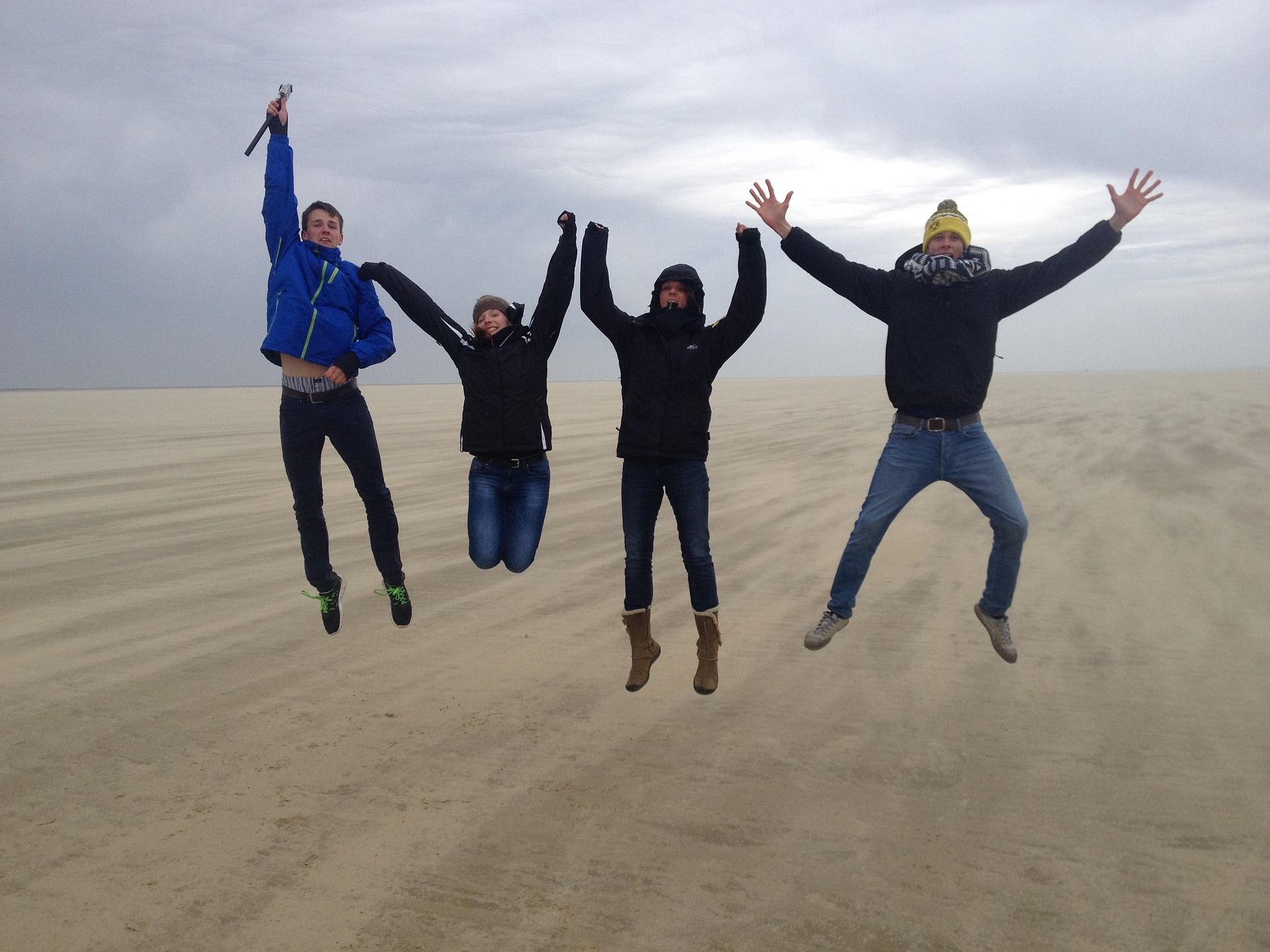No one likes the in-between.
I’m supporting a lot of leaders with “How do we navigate this pending reduction in force?” and “How do I support my team through this change with my own future so uncertain?”
Day-to-day changes might be a new policy, project, person. Change management is a vital skill for life and leadership.
But what I’ve found in my work with leaders—and people— is that what they’re actually experiencing is much deeper than trying to navigate “change.” It’s something messier. More human.
It’s called liminal space.
Liminal space is the space between “what was” and “what is coming”. It’s the foggy, uncertain in-between—when the old way is ending but the new way isn’t yet clear. It’s not a process to “manage.” It’s a threshold to cross. But the ambiguity between standing on one side of the line unable to see the other side can be very unsettling.
I’m a certified change management practitioner and certainly appreciate and utilize the steps and process in my work as an organizational psychologist. But liminal space reminds us of the soulwork of leadership:
- The disorientation of not knowing.
- The courage to name what’s real.
- The humility to accept ambiguity.
- The practice of finding steady ground when everything is shifting.
This is where I believe leadership becomes most honest—and most transformative.
The Four A’s for Leading & Living in Liminal Space
Here’s the process I return to again and again, in my own life and in my work (and what my upcoming book unpacks in more detail):
- Awareness – Notice the transition. Don’t bypass it.
- Acknowledge – Name the disorientation, the questions, the emotions.
- Accept – Allow grief, hope, and uncertainty to co-exist.
- Acclimate – Build rhythm and stability with intention, not urgency.
These aren’t steps to rush through. They’re invitations to slow down and lead -and live- from your own skin.
Reflection Questions for Liminality
Whether you’re leading a team through change—or navigating one of your own—consider:
- What old story, identity, or way of working is fading?
- What feels unclear, but quietly true?
- Where are you resisting the discomfort of “not knowing”?
- How might you stabilize without forcing answers?
- What values can anchor you during this in-between?
If this resonates, you’re not alone.
More and more, I believe that the most courageous leaders-—and people— are those who choose to stay present in the not-yet.
Consider using liminal space as a means to acknowledge and validate your own and your team’s and colleague’s experience. If this resonates, I have a corresponding workshop that lends well to a lunch and learn or your existing program that would benefit from real-life change impact. Let’s connect!










